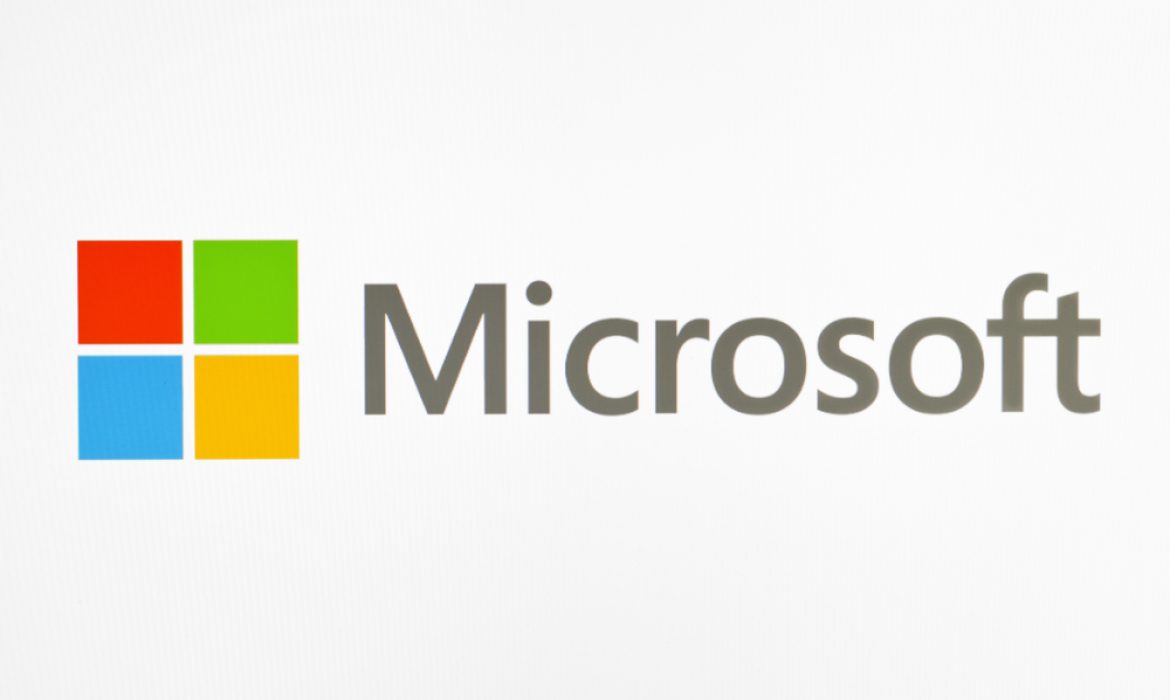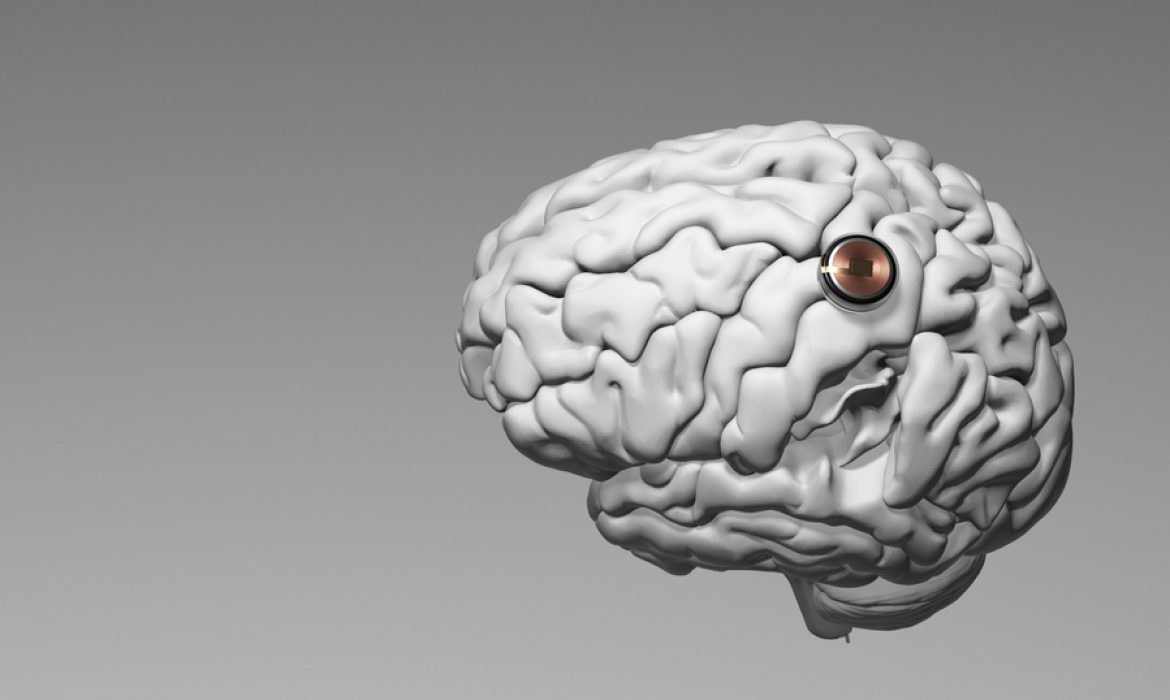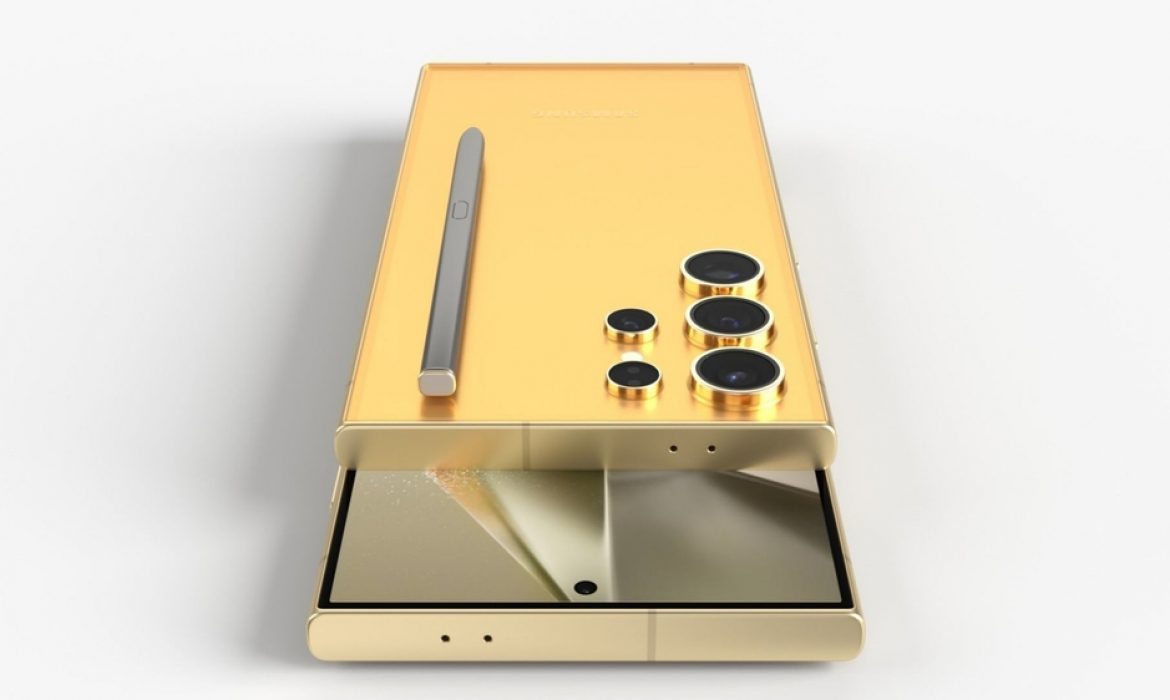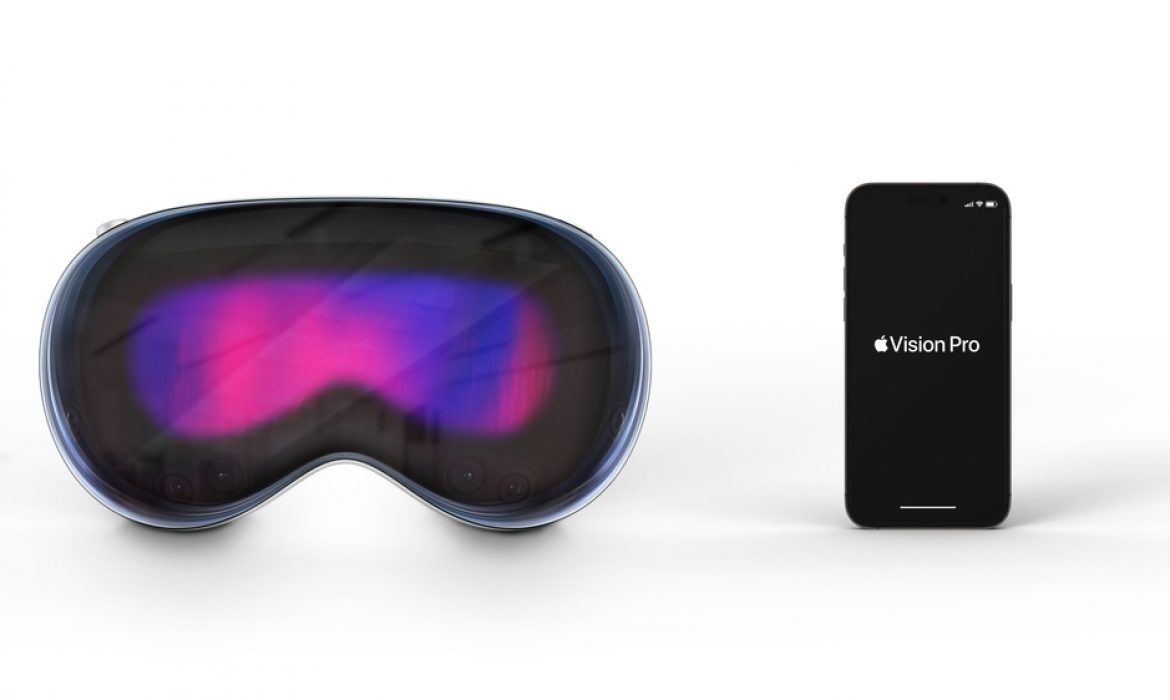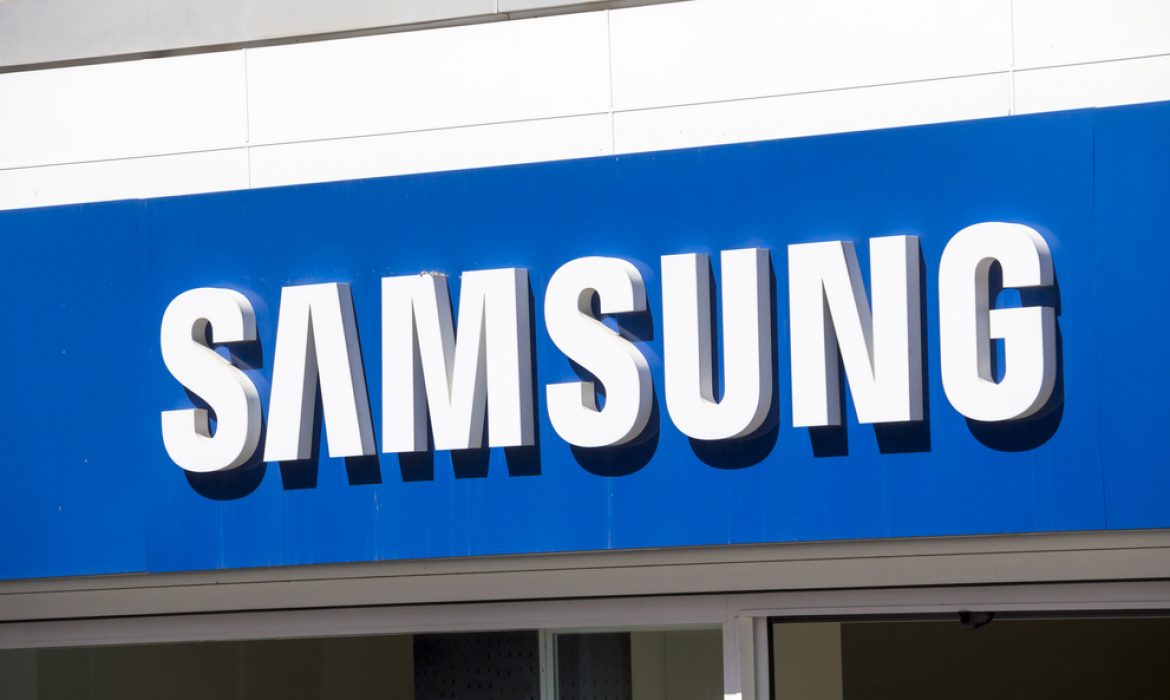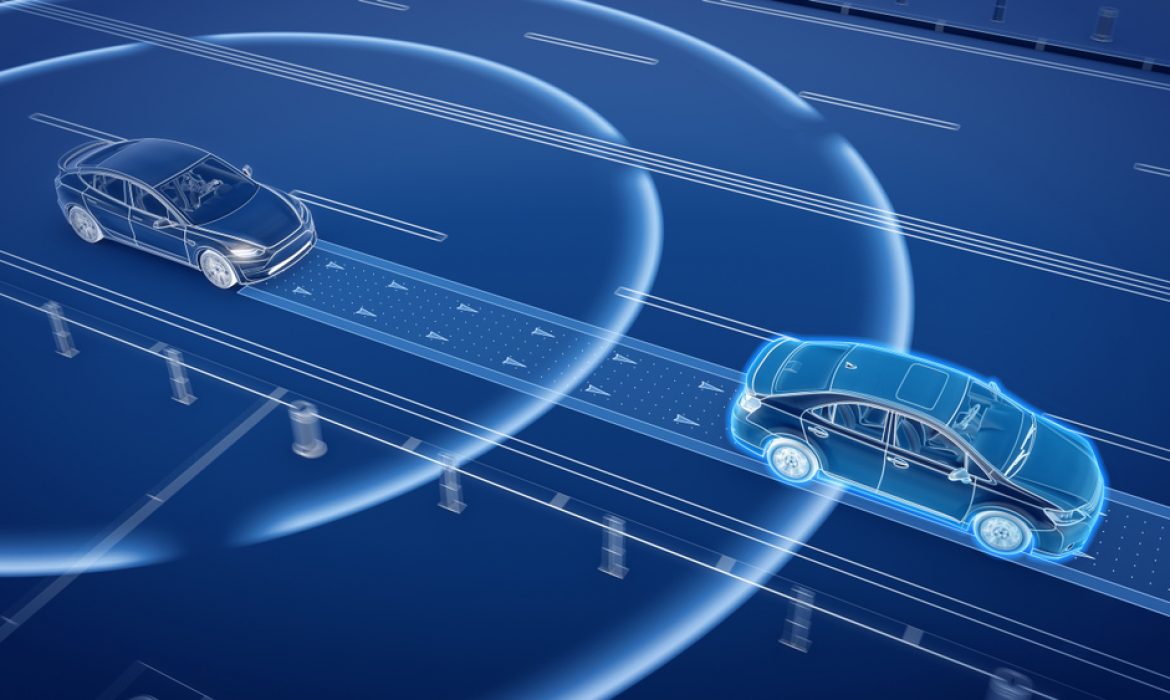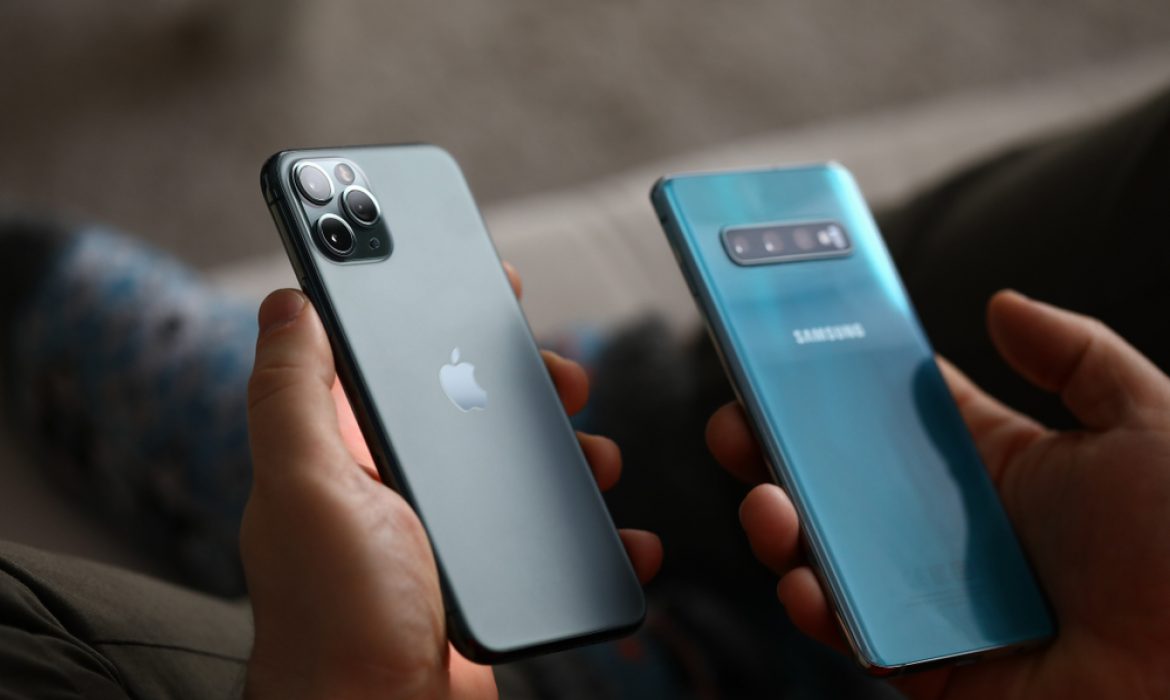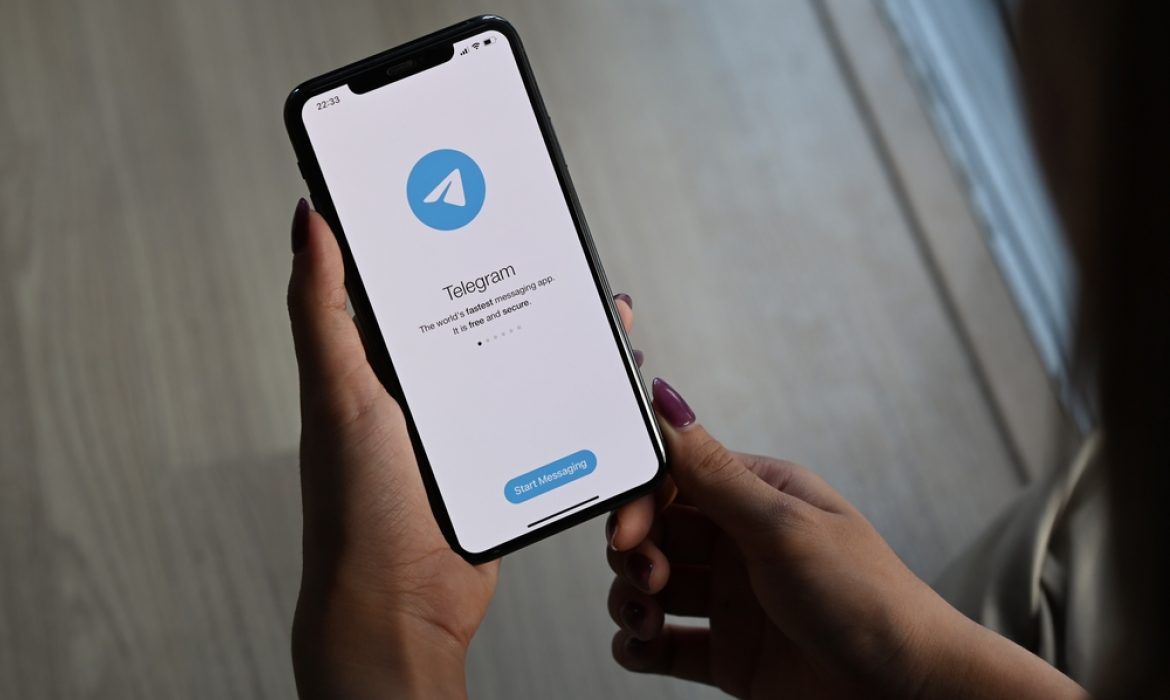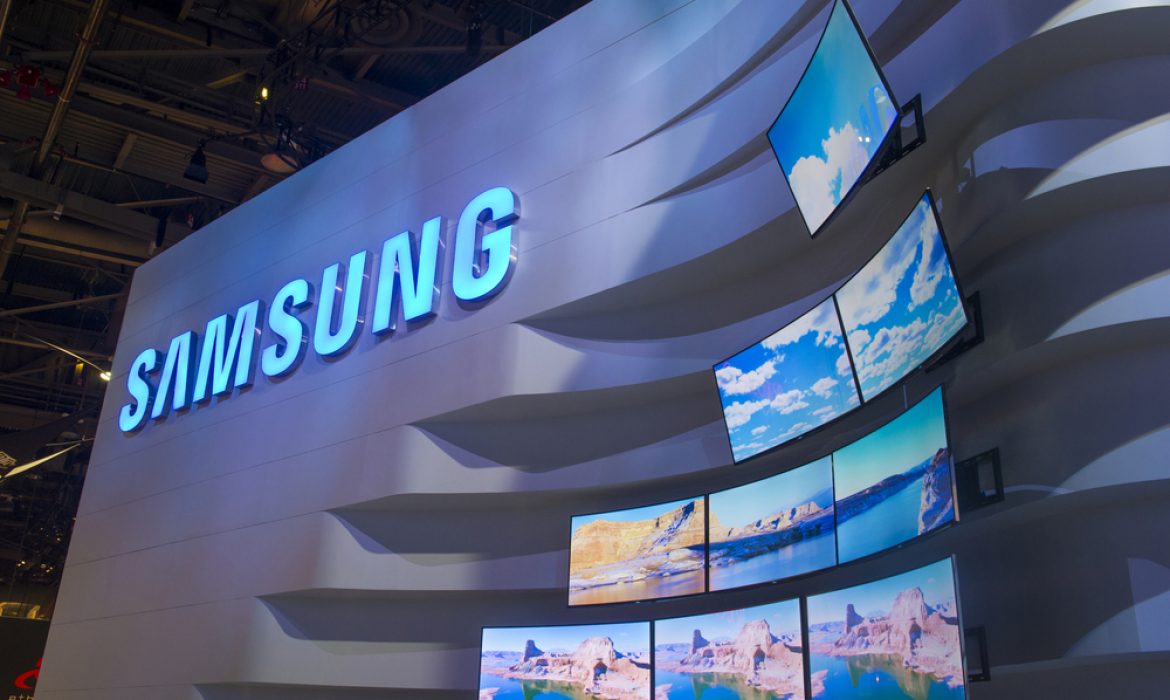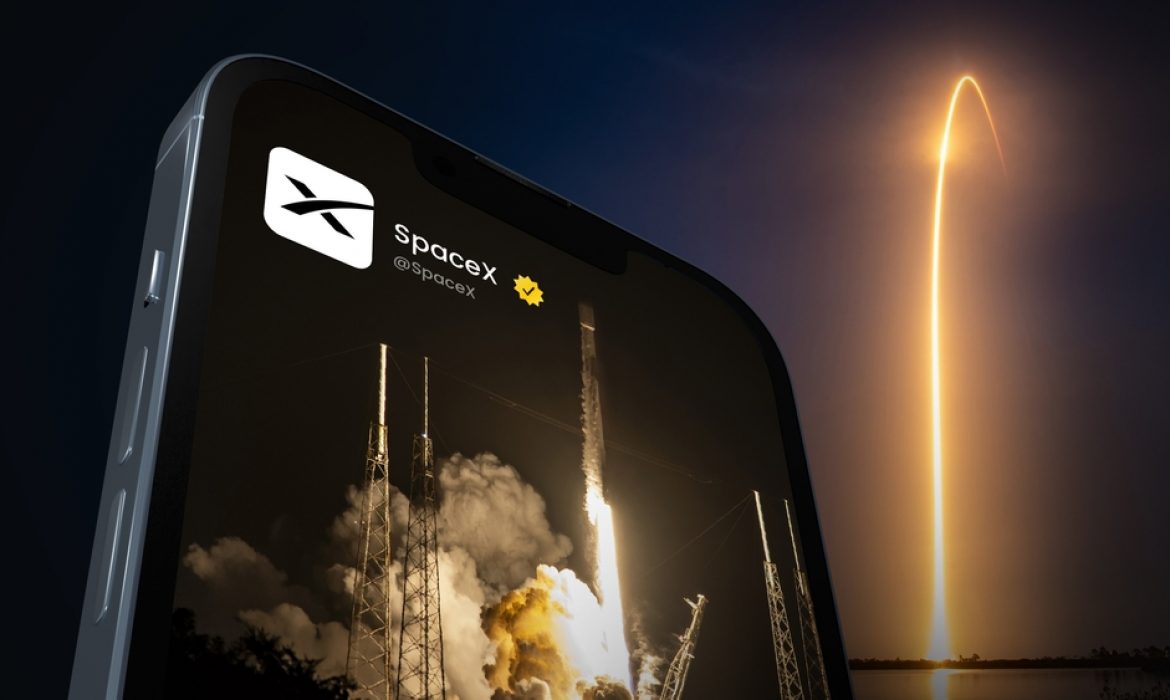Microsoft Hits Historic $3 Trillion Valuation, Overtaking Apple Briefly as Most Valuable Company
Microsoft has achieved a historic market valuation exceeding $3 trillion, making it the second company to reach this milestone after Apple. The surge came as Microsoft’s shares rose by 1.5% during Wednesday’s trading, briefly surpassing Apple and claiming the title of the world’s most valuable company.
Apple, having reached the $3 trillion mark two years ago, has since revisited this milestone multiple times. Microsoft’s recent ascent to the top underscores the company’s formidable position in the technology sector, with its shares experiencing a remarkable surge from $107 in 2019 to the current price of $404.
Artificial Intelligence Integration Fuels Microsoft’s Rise
Microsoft’s recent market dominance is attributed to its strategic focus on integrating artificial intelligence into its products. The company has been consistently announcing AI-related updates almost weekly, reflecting a commitment to staying at the forefront of technological innovation. Bolstering this commitment is Microsoft’s significant investment of $10 billion in OpenAI, a pioneering artificial intelligence lab.
Microsoft’s $10 Billion Investment in OpenAI Unveiled
The undisclosed talks between Microsoft and OpenAI have materialized into a potentially transformative investment. Microsoft is reportedly in discussions to inject $10 billion into OpenAI, the lab responsible for the creation of the widely popular ChatGPT chatbot. This infusion, combined with investments from other venture capital firms, is poised to value OpenAI at an impressive $29 billion.
The complex investment agreement outlines Microsoft’s plan to receive 75% of OpenAI’s profits until the company recoups its investment. Upon reaching this milestone, Microsoft is set to own a 49% stake in OpenAI, with the remaining equity distributed among other investors. The non-profit parent organization of OpenAI is earmarked to receive 2% of the company, with unique profit caps for each investor group.
Strategic Implications for Microsoft Cloud and Consumer Technology
This substantial investment positions Microsoft to deepen its collaboration with OpenAI, potentially advancing AI technology within the Microsoft Cloud. The strategic move not only enhances Microsoft’s technological prowess but also puts the company at the forefront of what could become a critical consumer technology over the next decade.
The development is particularly significant as Microsoft edges ahead of rivals like Google, which played a role in developing technologies utilized by OpenAI. Talks are underway to integrate some of these cutting-edge features into Microsoft’s popular programs such as Word, Outlook, and PowerPoint.
Bing Search Engine Set for AI Transformation
Looking ahead, Microsoft has ambitious plans to launch a version of the Bing search engine in March 2023 that will incorporate ChatGPT’s capabilities. This move aims to provide users with “more human” answers to queries, diverging from the conventional approach of offering links to information.
As Microsoft propels itself into uncharted technological territories with historic market valuations and transformative investments, the tech giant’s influence on the future of consumer technology remains a focal point in the rapidly evolving tech landscape.
Revolutionary Surgery Sparks Hopes for Advanced Neural Interfaces
In a monumental stride toward merging technology with the human brain, Elon Musk’s Neuralink has successfully implanted a brain chip into a human for the first time. The procedure, conducted on Sunday, marks a significant moment in the startup’s journey to bring life-changing technology out of the lab and into real-world applications.
Elon Musk Announces Milestone on Social Media Platform X
Elon Musk, billionaire founder of Neuralink, took to his social media platform X on Monday to announce the groundbreaking achievement. The first patient who received the brain chip implant is reportedly showing signs of improvement. Musk emphasized the promising results, stating, “Initial results show promising detection of neuronal splices.” Neuronal spiking, the activity of neurons using electrical and chemical signals, plays a crucial role in transmitting information throughout the brain and body.
Neuralink’s Vision for Human Trials and Beyond
Neuralink received approval from the U.S. Food and Drug Administration (FDA) last year to conduct the first human trial of its brain chip implant. The startup aims to address conditions like paralysis and neurological disorders. The procedure involves a robot surgically placing a brain-computer interface (BCI) implant in the brain region controlling the intention to move. The initial objective is to empower individuals to control a computer cursor or keyboard using their thoughts alone.
Telepathy: Neuralink’s Pioneering Product
Elon Musk unveiled that Neuralink’s inaugural product resulting from this groundbreaking work will be named “Telepathy.” He envisions this technology as a means to enable communication for individuals who have lost the use of their limbs. Musk’s vision extends to a scenario where individuals like Stephen Hawking could communicate faster than traditional methods, such as typing or speaking.
Challenges and Scrutiny Surrounding Neuralink
Despite the milestone, Neuralink has faced scrutiny and challenges. Earlier this month, the company faced fines for violating U.S. Department of Transportation regulations regarding hazardous materials transportation. The company’s valuation, once at $5 billion in June, experienced fluctuations following concerns raised by lawmakers about the safety of Neuralink’s technology.
Neuralink’s journey faced criticism when a monkey died during a 2022 experiment, leading to allegations of rushed market entry, negligent animal deaths, and a federal investigation. The startup received FDA approval for human clinical trials last May, recruiting patients with quadriplegia caused by spinal cord injuries or ALS.
Regulatory Hurdles and a Visionary Future
While Neuralink’s success in implanting a brain chip is significant, regulatory approval is necessary before the technology reaches the broader market. The FDA recognizes the rapidly evolving nature of brain-computer interface devices, highlighting the need for careful evaluation.
Other companies, such as Synchron, are also working on similar neural interface technologies. Neuralink’s achievements have garnered attention, yet the practical applications and general availability of such neural interfaces remain a prospect for the future. The idea of interfaces between the brain and the nervous system holds great potential for aiding individuals with neurological disorders, although widespread adoption may still be years away, given the experimental stage of these technologies.
Galaxy S24 Ultra – Samsung’s New Top Flagship with a Focus on Artificial Intelligence at a Price Starting from $1299
Samsung has once again pushed the boundaries of innovation with the introduction of its latest flagship smartphone, the Galaxy S24 Ultra. Aesthetically reminiscent of its predecessor, the S23 Ultra, this cutting-edge device boasts a frame crafted from titanium alloy, a material known for its durability and scratch resistance. Strikingly, the Galaxy S24 Ultra manages to be a gram lighter than its predecessor, thanks to the use of titanium, while also being 0.3mm thinner and 1.1mm shorter, facilitated by slimmer bezels. The front and back are shielded by the robust Gorilla Glass Armor, offering a fourfold increase in strength and a 75% reduction in light reflection.
Display Evolution
The display of the Galaxy S24 Ultra has undergone a transformative upgrade, now featuring a completely flat 6.8-inch Dynamic AMOLED 2X panel. With QHD+ resolution (3088×1440 pixels, 501 PPI), a variable refresh rate ranging from 1 to 120Hz, and a peak brightness of 2600 nits, the visual experience is nothing short of stunning.
Powerhouse Performance
Under the hood, the S24 Ultra houses the Snapdragon 8 Gen 3 processor, tailored specifically for Galaxy devices. Notably, an enlarged evaporation chamber enhances heat dissipation, ensuring optimal performance across various tasks. This new processor lays the foundation for an array of artificial intelligence features, setting the Galaxy S24 Ultra apart.
AI-Powered Features
The artificial intelligence integration extends into translation services, with Live Translate, Interpreter, and Chat Assist facilitating seamless communication in 13 languages. The device leverages AI in Android Auto for message summarization and response suggestions, as well as in Samsung Notes, where Note Assist optimizes notes using predefined formats.
Revolutionary Camera System
The camera system is a focal point of innovation, featuring a 200-megapixel main module, a periscopic telephoto module with 5x optical zoom, a 10-megapixel telephoto module with 3x optical zoom, and a 12-megapixel ultra-wide-angle module. The ProVisual Engine, coupled with a dedicated ISP Block for noise reduction, introduces generative editing capabilities, allowing users to remove objects and fill empty spaces seamlessly.
Enhanced Nightography and HDR
The Nightography function is enhanced with improved optical image stabilization and hand shake compensation. The ProVision Engine facilitates Instant Slow-mo, generating extra frames for smooth video slowdowns. Super HDR provides a preview in the camera app viewfinder and showcases HDR photos and videos in the Gallery.
Impressive Specifications
With 12GB of RAM and storage options of 256GB, 512GB, or 1TB, the Galaxy S24 Ultra offers ample power and storage. The 5000 mAh battery supports 45W fast wired charging and 15W fast wireless charging. The device is available in Titanium Gray, Titanium Black, Titanium Violet, and Titanium Yellow colors, running on Android 14 with the proprietary One UI 6.1 shell.
Pre-order and Pricing
The Samsung Galaxy S24 Ultra is available for pre-order with prices starting at $1299 or €1450, marking a $100 increase from its predecessor, the Galaxy S23 Ultra. As technology enthusiasts eagerly anticipate its release, the Galaxy S24 Ultra promises to redefine the smartphone landscape with its fusion of cutting-edge design and artificial intelligence capabilities.
Apple Vision Pro Accessory Extravaganza: A Closer Look at the $1041 Kit
Apple unveils its highly anticipated Apple Vision Pro accompanied by a plethora of accessories, collectively priced at $1041. As users eagerly await the immersive experience promised by this spatial computer, let’s dissect what’s included in this extravagant accessory kit.
The Core Package – Apple Vision Pro:
- The base model, equipped with 256 GB storage, starts at $3499.
- Opting for the maximum storage configuration for the ultimate spatial experience will set users back $3899.
- Enrolling in the Apple Care Plus service program costs an additional $499, offering comprehensive coverage.
- A deductible for Vision Pro coverage adds another $300.
Accessories Galore:
- Travel Case – $199:
- Crafted by Apple, this case is designed for on-the-go protection.
- Features a retractable handle, dedicated battery compartments, ZEISS optical inserts, and additional accessories.
- Optional Battery – $199:
- A sleek aluminum external battery connecting via a braided USB-C cable.
- Supports up to two hours of general use, 2.5 hours of video playback, and a full day online.
- ZEISS Optical Inserts – Starting at $99:
- Two variants available – prescription and reading, enhancing the Vision Pro experience based on individual needs.
- Ultra-Light Seal – $199:
- Gently fits over the face, blocking stray light with magnetic attachment.
- Included Light Seal cushions are magnetically attached and easy to remove for cleaning.
- Ultra-Light Cushion – $29:
- Easily removable for cleaning, available in sizes N, N+, W, W+.
- Belkin Battery Holder – $49.95:
- Designed to secure the Vision Pro battery on a belt or pants.
- Optional strap for securing the battery to the body.
- Optional Braided Strap – $99:
- Solo Knit Band with Fit Dial adjuster for a personalized fit.
- Attaches to the audio straps, allowing easy detachment with locking tabs.
- Optional Dual Loop Band – $99:
- Consists of a top and bottom strap, providing versatility.
- Clips allow swift detachment when needed.
- Optional Charging Cable – $29:
- A two-meter braided cable for charging, syncing, and data transfer between USB-C devices.
- Supports charging up to 240W and data transfer at USB 2 speeds.
- Power Adapter – $39:
- Compatible with any USB-C device, recommended for MacBook Air and Vision Pro.
- Also suitable for newer iPhone and iPad Pro models.
Repair Costs:
- Without AppleCare Plus, repairing a cracked protective glass costs $799.
- Total repair costs could escalate to $2399.
- AppleCare Plus reduces the cost to $299 for accidental damage repair.
- With a two-year plan, repairing the protective glass costs $798, just $1 less than without a service plan.
Pre-Order Details:
- The Vision Pro is available for pre-order on Apple’s U.S. website and in Apple stores nationwide.
- Pricing starts at $3499 for the 256GB model, with additional costs for higher storage configurations.
- A valid prescription is required for users wearing glasses.
- Shipping dates have shifted to mid-March, indicating high demand and potentially underestimating production.
As Apple ventures into the spatial computing realm, users prepare for an immersive experience with the Vision Pro, accessorized with a meticulously crafted ensemble for a total of $1041.
Samsung introduces Galaxy Ring: A smart ring for fitness enthusiasts
Samsung tantalized audiences with a sneak peek of its upcoming fitness marvel – the Galaxy Ring. Described as a “powerful and affordable” health device, Samsung has remained tight-lipped about specifics, providing only a render and a name for now.
Hints of the Galaxy Ring surfaced last year when Samsung filed a patent for a smart ring boasting ECG capabilities and smart home management. The anticipation heightened when the device was discreetly mentioned in the Health app, stirring curiosity among tech enthusiasts.
In an exclusive interview with Techradar, Patrick Chomet, Samsung’s head of customer experience, hinted at some intriguing features focusing on sleep. “We’re creating some things with Samsung Health that are really amazing (regarding sleep). There’s already hardware and software. But we’re looking to create a complete package that people will use at scale. That will happen later this year,” Chomet revealed.
The Galaxy Ring is expected to make its grand debut at the next Unpacked event, likely scheduled between July and August. Samsung’s confirmation of a significant Health program update later this year aligns with the anticipated release, hinting at a synchronized unveiling.
While Samsung enters the smart ring arena, it’s important to note that it follows in the footsteps of innovators like Oura, which launched a similar device in 2022. Oura’s ring tracks sleep patterns, monitors heart rate during workouts, and gauges daily activity to help users achieve fitness goals. The Galaxy Ring is poised to offer comparable capabilities with the added potential for enhanced features leveraging advancements in AI technology.
As Samsung ventures into the realm of smart rings, the Galaxy Ring promises a holistic health and fitness experience, adding another dimension to the tech giant’s innovative portfolio. Enthusiasts eagerly await the official announcement, anticipating a blend of cutting-edge features and affordability that could redefine the landscape of wearable fitness technology.
Volkswagen and Bosch Pioneer Automated Parking and Charging, Integrate ChatGPT in Vehicle Fleet
Volkswagen, in partnership with Bosch, is spearheading innovation in electric vehicle infrastructure. The duo is testing an autonomous parking and charging system designed to streamline electric car charging in large parking lots. Simultaneously, VW has revealed plans to incorporate OpenAI’s ChatGPT into its vehicles, heralding a new era of conversational interaction with cars.
Cariad, Volkswagen’s software arm, and Bosch aim to revolutionize parking and charging for electric cars through an automated system. This involves directing driverless electric vehicles to available parking spaces equipped with charging stations, where charging robots seamlessly handle the charging process. Once charged, the cars autonomously relocate to free spaces, allowing the charging robot to assist another electric vehicle.
Testing is underway at two German locations: the Cariad staff parking lot in Ingolstadt and the Bosch parking lot in Ludwigsburg. Bosch envisions this technology alleviating current challenges in electric vehicle charging, including long queues, blocked stations due to delayed cable disconnection, and manual cable handling.
Simultaneously, Volkswagen has announced its plans to integrate ChatGPT into its vehicle lineup from the second quarter of 2024. This OpenAI-powered chatbot will be available across all VW models, including popular ones like Tiguan, Passat, Golf, and the ID family of electric vehicles. Initially launching in Europe, the feature will later extend to the U.S. market.
Volkswagen utilizes ChatGPT to enhance its in-car voice assistant, IDA, enabling more naturalistic communication between the car and the driver. Users can control basic functions like heating and air conditioning or seek answers to general questions through voice commands. Importantly, VW ensures user privacy, avoiding the need for new accounts or additional app installations. The chatbot activation occurs through a simple greeting or a press of a button on the steering wheel, with VW emphasizing data protection by promptly deleting questions and answers to uphold user privacy. As Volkswagen accelerates its foray into innovative technology, the integration of ChatGPT represents a significant stride toward more interactive and user-friendly vehicles.
Apple Dethrones Samsung: New IDC Report Marks End of a Decade-Long Reign
Apple has dethroned Samsung to become the world’s largest smartphone manufacturer, breaking Samsung’s decade-long reign. The IDC’s latest report for 2023 reveals Apple’s ascension with 234.6 million iPhones shipped, capturing 20.1% of the global market, a growth of 3.7%. Samsung, on the other hand, slipped to second place with 226.6 million units and a diminished market share of 19.4%, marking a 13.6% decline.
Apple’s success is attributed to steady growth in the premium segment, constituting over 20% of sales, robust performance in the U.S., and innovative resale, exchange, and leasing programs. This marks Samsung’s first loss since Nokia’s heyday in 2010 when the Finnish giant held a third of the market.
China’s Xiaomi secured the third spot with 145.9 million smartphones, followed by Oppo and Transsion, the latter experiencing the highest growth rate in the top five. Interestingly, Samsung, gearing up for the Galaxy S24 series launch, is the only one in the top five with a Q4 2023 sales decline.
The smartphone market, overall, witnessed a 3.2% volume decline in 2023, hitting a 1.17 billion device low, the worst in a decade. However, a glimmer of hope emerged in Q4 2023, with an 8.5% shipment growth to 326.1 million units, hinting at potential demand revival in 2024.
IDC notes the resurgence of lower-tier Android players like Transsion and Xiaomi, particularly in emerging markets. Huawei’s resurgence in China, the surge in foldable smartphones, and the rising importance of AI in smartphones are highlighted as key market dynamics.
As the industry witnesses unprecedented shifts, IDC’s Ryan Reith anticipates intriguing times ahead for the smartphone market, marked by fierce competition, technological advancements, and changing consumer preferences.
Telegram Premium Surges: Pavel Durov Celebrates 5 Million Subscribers in Rapid Growth
Telegram’s Premium subscribers have soared past the 5 million mark, according to an announcement by Pavel Durov, the platform’s non-conformist founder. The milestone comes with a notable acceleration in growth, witnessing an impressive jump from 4 million to 5 million premium subscribers in just one month. Durov had earlier set a minimum target of 20 million to cover all premium costs.
Telegram introduced its paid subscription in mid-June 2022, and the recent surge marks a significant achievement. Durov expressed his gratitude to subscribers, emphasizing Telegram Premium as the most successful and fastest-growing paid subscription among all messengers. The number of Premium subscribers doubled in just five months and quadrupled within the last 12 months, surpassing the 4 million user milestone.
The surge in Telegram’s popularity is noteworthy, especially in Ukraine, where the platform has become a crucial communication tool and a primary news dissemination platform amid the ongoing conflict. The war has amplified Telegram’s role, making it a vital means of communication and news sharing.
Despite its success, Telegram faces scrutiny over issues like the lack of end-to-end encryption in regular chats, which only exists in “secret chats” and calls. Concerns about the platform being a potential tool for spreading propaganda and hostility have led to discussions at state levels, with Ukrainian authorities considering regulations for the messenger.
Pavel Durov, a Russian-born Emirati programmer, remains a controversial figure, known for his aversion to being labeled Russian. However, his stance on the war in Ukraine and his association with the now-banned Russian social network vkontakte add layers of complexity to his persona. As Telegram’s Premium subscriber base continues to surge, the platform’s role in the ongoing discourse surrounding online safety and regulation takes center stage.
Samsung Unveils Cutting-Edge 2024 TV Lineup at CES: AI Upscaling and Glare-Free OLED Take Center Stage
Samsung introduced its revolutionary 2024 TV lineup, showcasing the future of home entertainment. The star features include groundbreaking artificial intelligence for upscaling and a game-changing glare-free OLED model.
Leading the charge is the QN900D, touted as the thinnest and most premium 8K TV to grace the market. Harnessing the power of AI Upscaling Pro, this masterpiece converts 4K content to glorious 8K, addressing the scarcity of native 8K content. The TV boasts a recognition feature, perfect for tracking fast-paced sports like never before, and Real Depth Enhancer Pro, enhancing contrast in dynamic scenarios.
Samsung’s commitment to inclusive technology extends to the QN85D, an affordable 8K QLED TV sans the advanced AI features. The 4K NEO QLED TV lineup, featuring QN90D and QN85D, caters to diverse preferences with screen sizes ranging from 43 to 98 inches.
In a bid to redefine OLED excellence, Samsung introduced the S90D and S95D models, promising a glare-free OLED experience. The S95D’s 4K 144Hz resolution panel, coupled with a thickness of just under 11mm, sets a new standard for immersive viewing.
Acknowledging the evolving consumer demands, Samsung unveiled more extra-large screen options, including 98-inch models across Neo QLED 8K, QLED 4K, and Crystal UHD lines. The Supersize Picture Enhancer, an AI-driven innovation, tackles the challenge of pixel visibility on larger screens, ensuring impeccable picture clarity and reduced noise.
With Active Voice Amplifier Pro and an AI tuning mode, Samsung continues to prioritize a personalized audio-visual experience. The company’s commitment to innovation and inclusivity reaffirms its position as a pioneer in the world of home entertainment. Samsung’s 2024 TV lineup is not just a glimpse into the future; it’s a leap into a new era of immersive, intelligent, and glare-free viewing.
Elon Musk’s SpaceX Unleashes Direct to Cell Connectivity: Starlink Satellites Revolutionize Global Communication
SpaceX, under the visionary leadership of Elon Musk, has successfully launched Starlink satellites equipped with a game-changing Direct to Cell feature. This innovation aims to reshape global communication by providing direct links to mobile devices, transcending the limitations of traditional cellular networks.
Major telecom players, including American T-Mobile, Canadian Rogers Communications Inc., Japanese KDDI Corporation, Australian Singtel Optus Pty Limited, New Zealand One New Zealand Group Limited, Swiss Salt Mobile SA, and Chilean Entel, have been selected as initial providers for this groundbreaking technology. The satellites promise uninterrupted connectivity for text messages, calls, and web browsing on land and coastal waters, as long as the sky remains visible.
Direct to Cell is not confined to smartphones; it plans to extend its reach to IoT devices, utilizing LTE mobile transmission protocol standards. While emphasizing the global accessibility for smartphone users, Musk clarifies that each beam supports approximately 7 Mbps, making it complementary to existing terrestrial cellular networks rather than a direct competitor.
Musk envisions the capability for users to send text messages by 2024, with voice calls and web browsing support anticipated by 2025. Noteworthy is the fact that this revolutionary technology requires no additional hardware or special applications, ensuring a seamless user experience.
The service marks a paradigm shift in global communication, promising ubiquitous access to text, voice, and data for LTE-enabled phones worldwide. Direct to Cell seamlessly integrates with existing LTE (4G) phones, obviating the need for hardware upgrades or application modifications. The trajectory of this technology augurs well for expanded communication capabilities, offering users unprecedented connectivity on a global scale.
